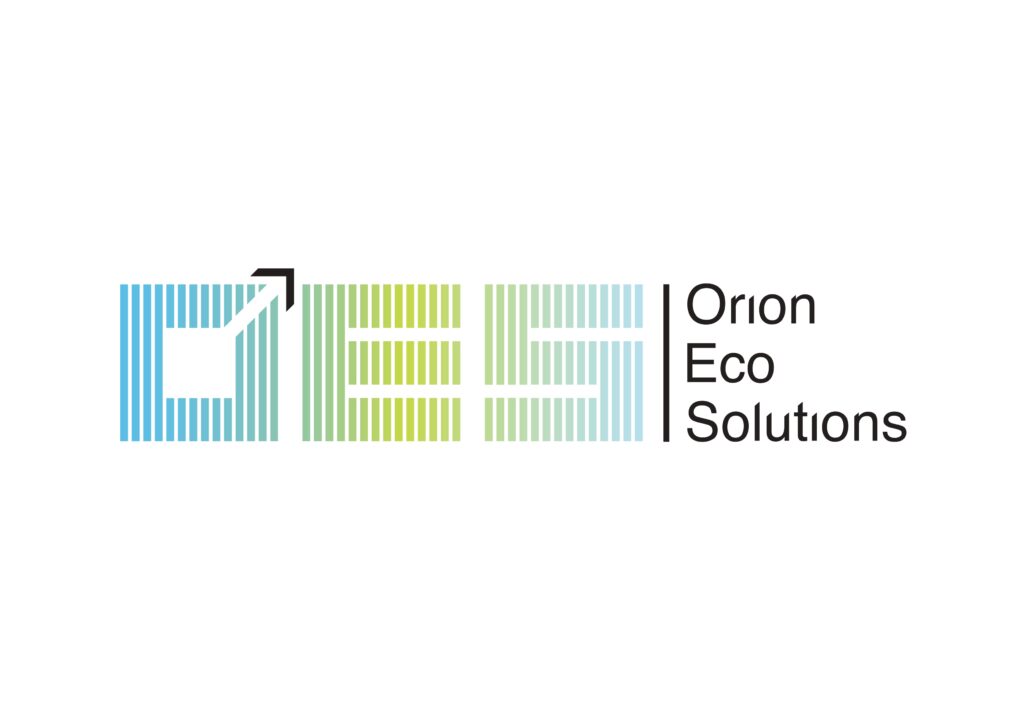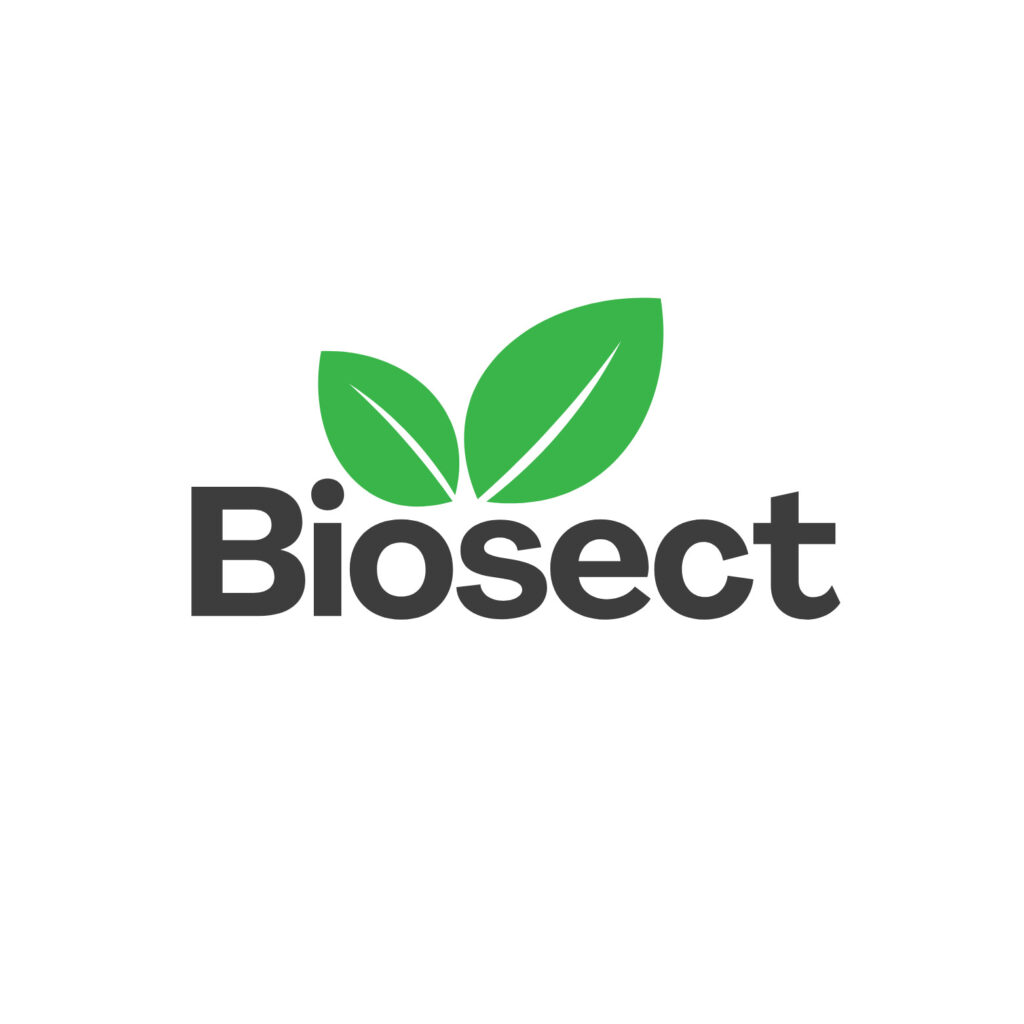Pollution causes structural changes in children’s brains
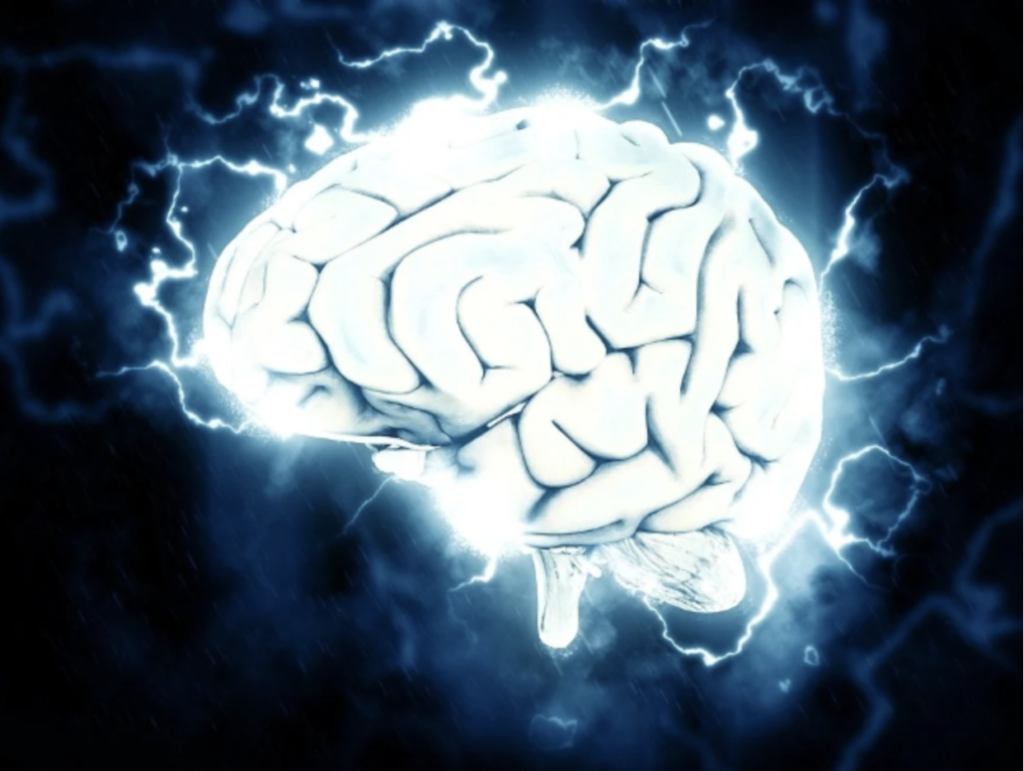
An ISGlobal study shows how this organ is “particularly vulnerable” to pollution not only during pregnancy but also in childhoodBeing exposed to air pollutants in the womb and during the first eight and a half years of life alters the structural connectivity of the child’s brain, month by month. In particular, the greatest changes occur the greater the contamination received in the first five years.Read the full news here. Read the full study here. The results suggest that European countries should further lower the fixed levels of nitrogen dioxide and particulate matter.
The “new” food production and its problems
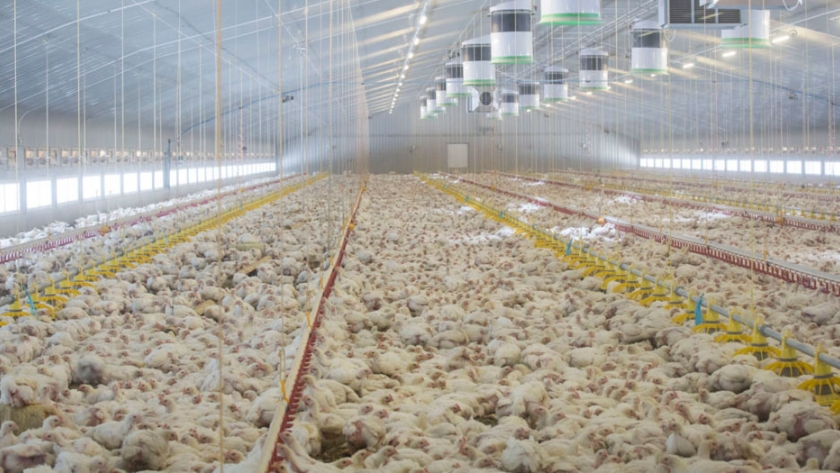
Actually, no, it’s not new. The macro farms began to be installed in the decade of the sixties. We have been consuming animal products that come from macro-farms for many years. But for you to understand what has happened recently and why they are being talked about now, I have to explain to you, first, what they are. These are very intensive production systems. That means there is a high density of animals on each of these farms, from thousands of pigs and cows to tens of thousands of poultry. In addition, they are highly genetically selected animals so they give a very high production. This entails some environmental problems such as soil contamination by feces and air pollution by the emission of CO₂, ammonia, and, in the case of cows, also methane. Ammonia comes from animal feces and urine; the CO₂ from their breath and the methane is expelled by ruminants through their mouths, not by farts, as is often said, due to the fermentation of food in their rumen, which is one of the parts of the digestive system of ruminants. The problem is that these gases are polluting and negatively affect climate change. And at the same time, the enormous amount of feces produced by macro farms is detrimental to the soil because there are not enough plants that take advantage of it as nutrients. And why have macro-farms now become a problem when they seemed fine to us before? The reason is that these intensive systems were used in very few countries, only in industrialized ones. In the rest of the countries, a much more vegetarian diet continued to be eaten because meat and animal products were a luxury. But when large countries like China, India, South Africa, or Brazil have begun to consume more products of animal origin produced in the same way, it has become an unsustainable system for the environment.
The solution to the ammonia problem
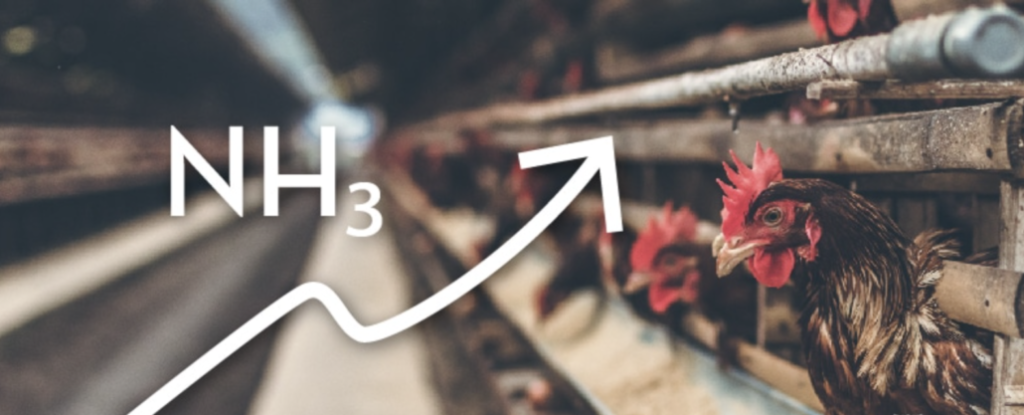
The evolution of the livestock sector in Spain in recent years has made it essential to draw up a new standard that includes different environmental and animal welfare aspects.Its articles 10 and 11, Royal Decree 306/2020 of February 11, and the European Directive 2016/2284 on emission reduction require an immediate reduction of ammonia emissions, as well as the registration of the best available techniques that have been used to achieve said reduction.Both articles are in effect.As of January, the farms must carry out exhaustive control so as not to exceed the maximum levels of ammonia established (20ppm). The effects of ammonia at levels higher than 20 ppm can have irritating effects on mucous membranes and cause respiratory, digestive, eye, and skin diseases, and also cause a decrease in the productivity of livestock farms. How to reduce ammonia levels on the farm?THE QLAYER SYSTEM IS THE DEFINITIVE SOLUTION FOR THE ELIMINATION OF AMMONIA ON FARMSTHE QLAYER SYSTEM IS CAPABLE OF REDUCING THE AMMONIA CONCENTRATION BY UP TO 85%.Our technology, effective, innovative, and easy to apply, is based on the photo-oxidation of ammonia (NH3), through the application of a coating, PureLayer+, based on mineral semiconductors, combined with the action of our PureLight LED lights.The Qlayer system, consisting of the joint action of a coating and LED lights, is a revolutionary innovation that improves biosecurity and animal welfare in intensive poultry and pig farms, currently being the BEST AVAILABLE TECHNIQUE on the market (MTD ).



